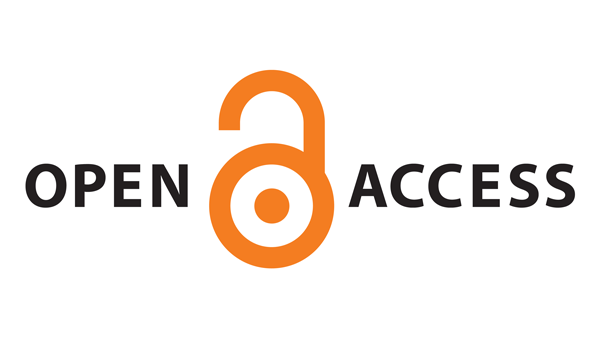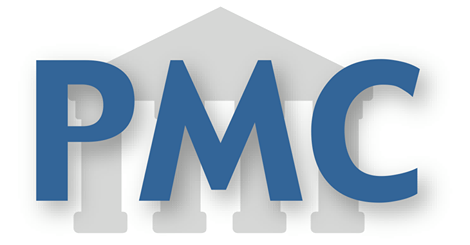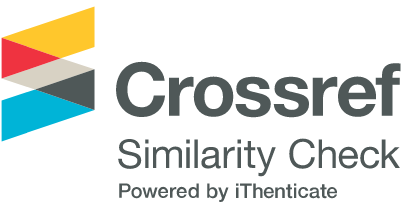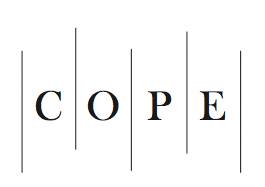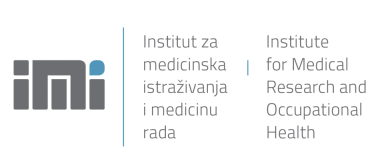Gamma-hydroxybutyrate abuse: pharmacology and poisoning and withdrawal management
DOI:
https://doi.org/10.2478/aiht-2020-71-3314Keywords:
acute toxicity, GABA, gamma-aminobutyric acid, gamma-butyrolactone, 1,4-butanediol, GHB, pharmacodynamics, pharmacokinetics, withdrawal syndromeAbstract
Gamma-hydroxybutyrate (GHB) is a central nervous system depressant primarily used as a recreational drug of abuse, but also for the treatment of narcolepsy with cataplexy in adult patients and as an adjuvant for control of alcohol withdrawal syndrome. The main aim of this review is to summarise updated knowledge about GHB pharmacokinetics and pharmacodynamics, acute poisoning, and clinical features of GHB withdrawal syndrome, its diagnosis and medical treatment. The most common clinical signs and symptoms of acute poisoning include sleepiness to deep coma, bradycardia, hypotension, and respiratory failure. Therapy is essentially supportive and based on continuous monitoring of vital signs. GHB withdrawal syndrome shares patterns with other withdrawal syndromes such as alcohol withdrawal and is sometimes difficult to distinguish, especially if toxicological tests are GHB-negative or cannot be performed. There are no official detoxification protocols for GHB withdrawal syndrome, but its therapy is based on benzodiazepine. When benzodiazepine alone is not effective, it can be combined with barbiturates or antipsychotics. Information about abuse and distribution of GHB and its precursors/analogues among the general population is still limited. Their prompt identification is therefore crucial in conventional and non-conventional biological matrices, the latter in particular, to clarify all the issues around this complex molecule.






